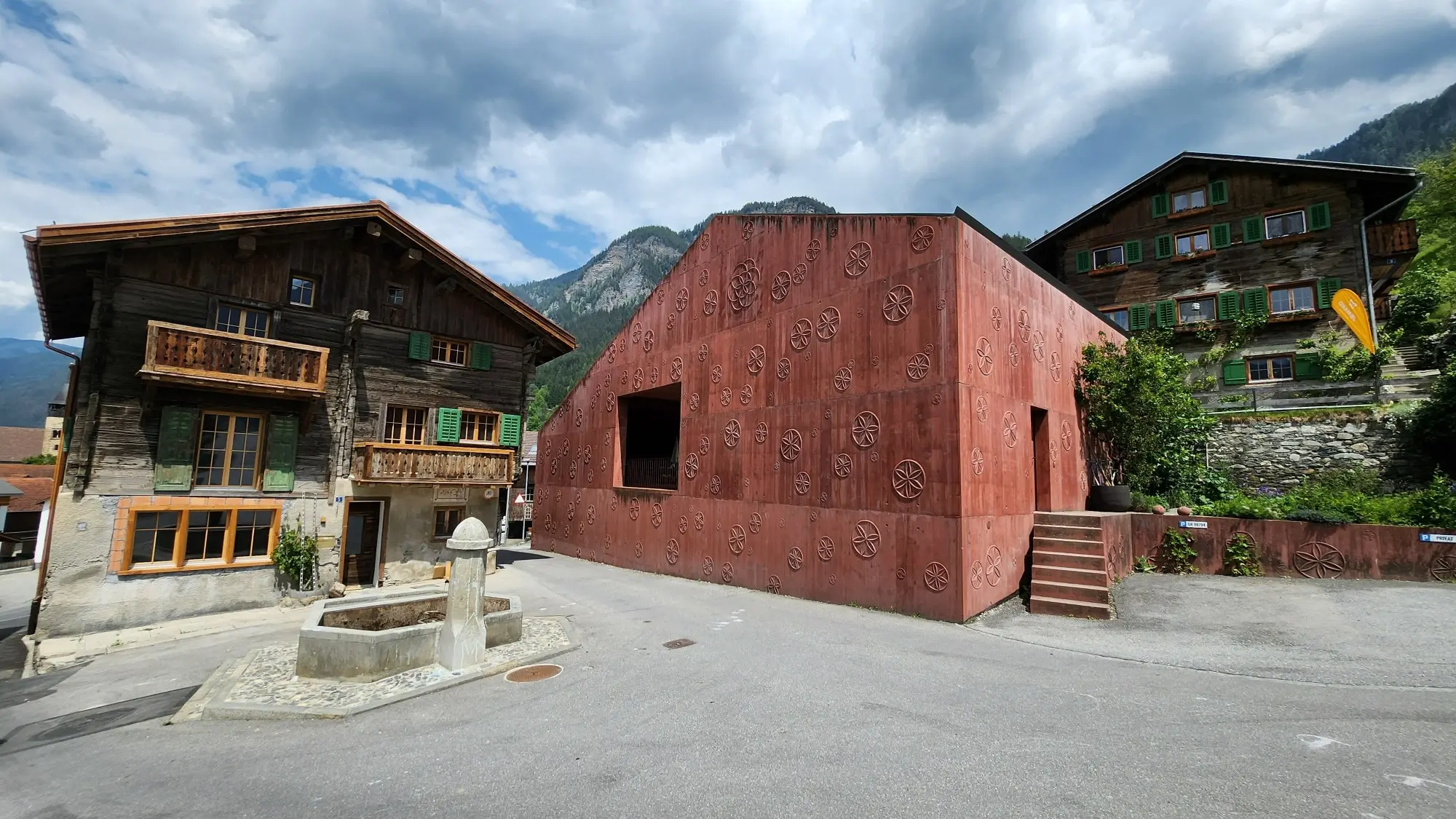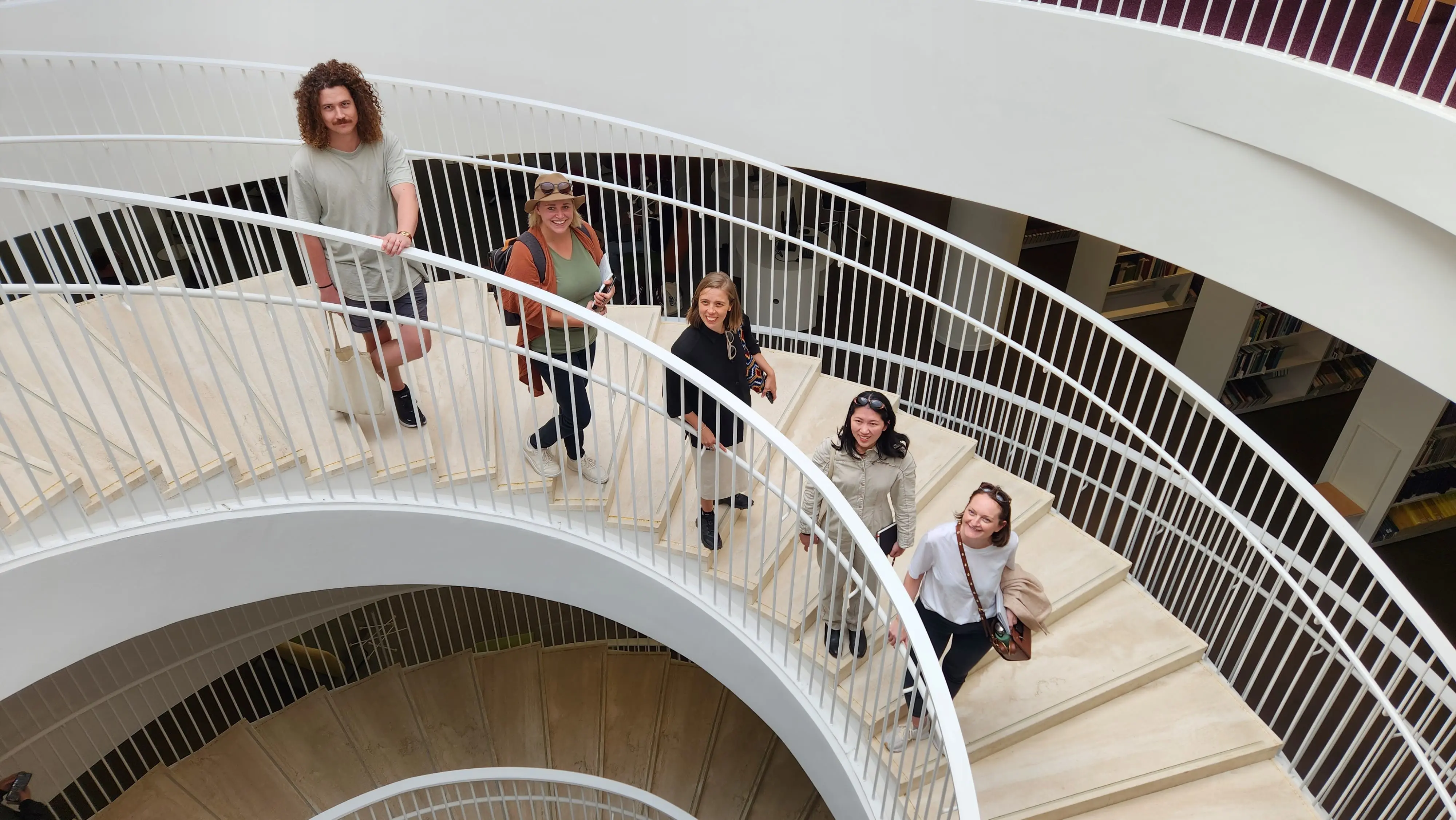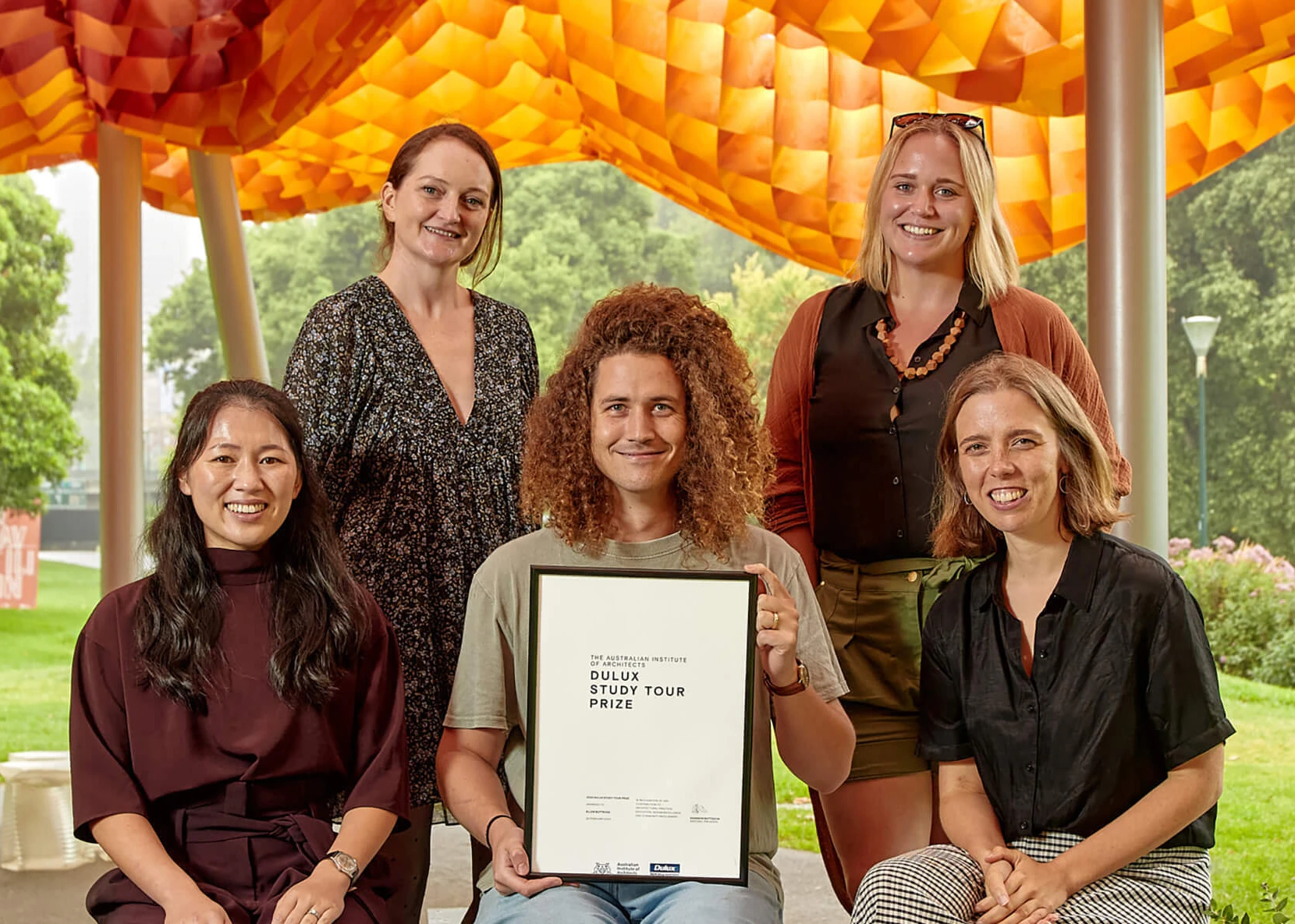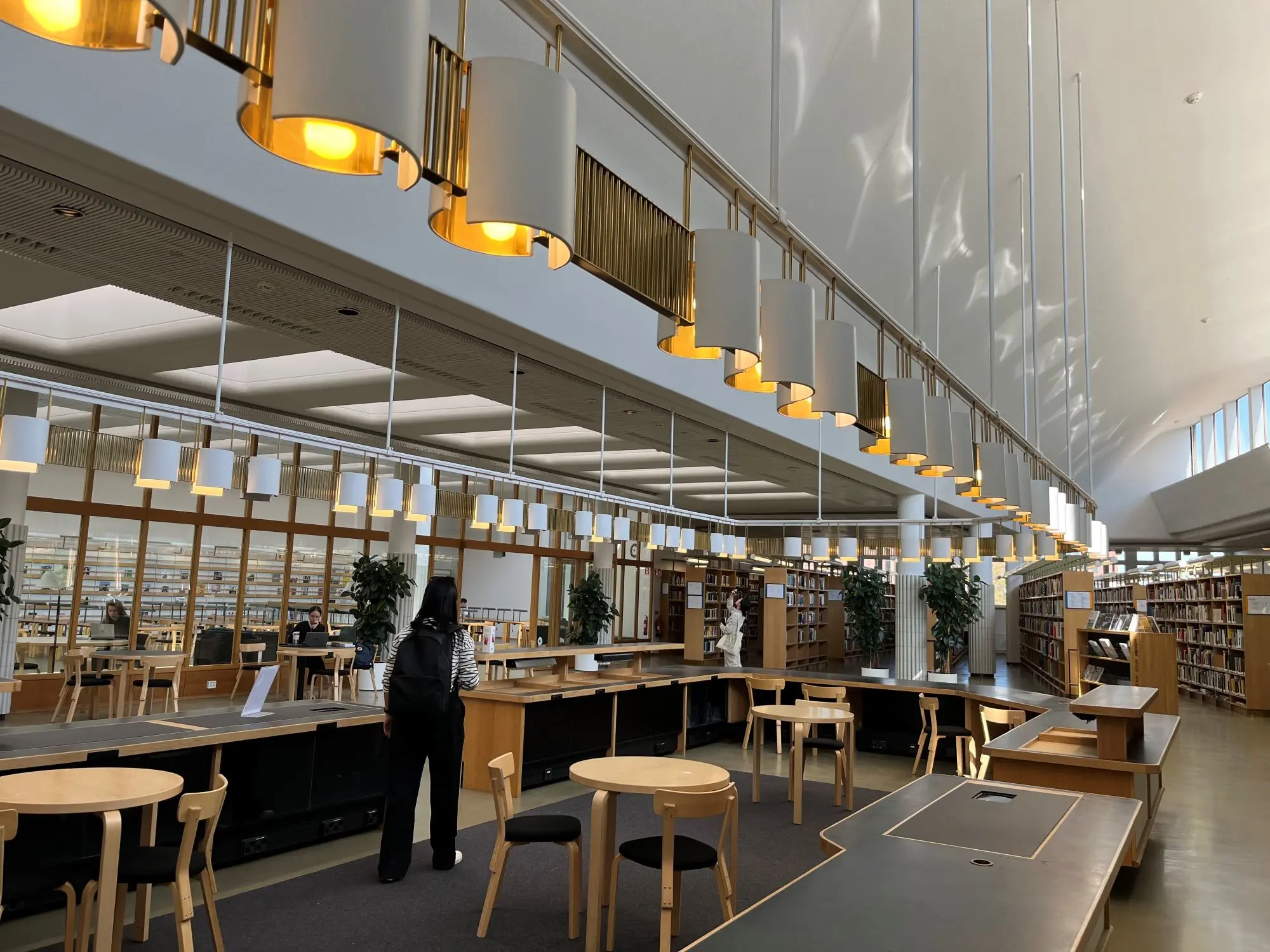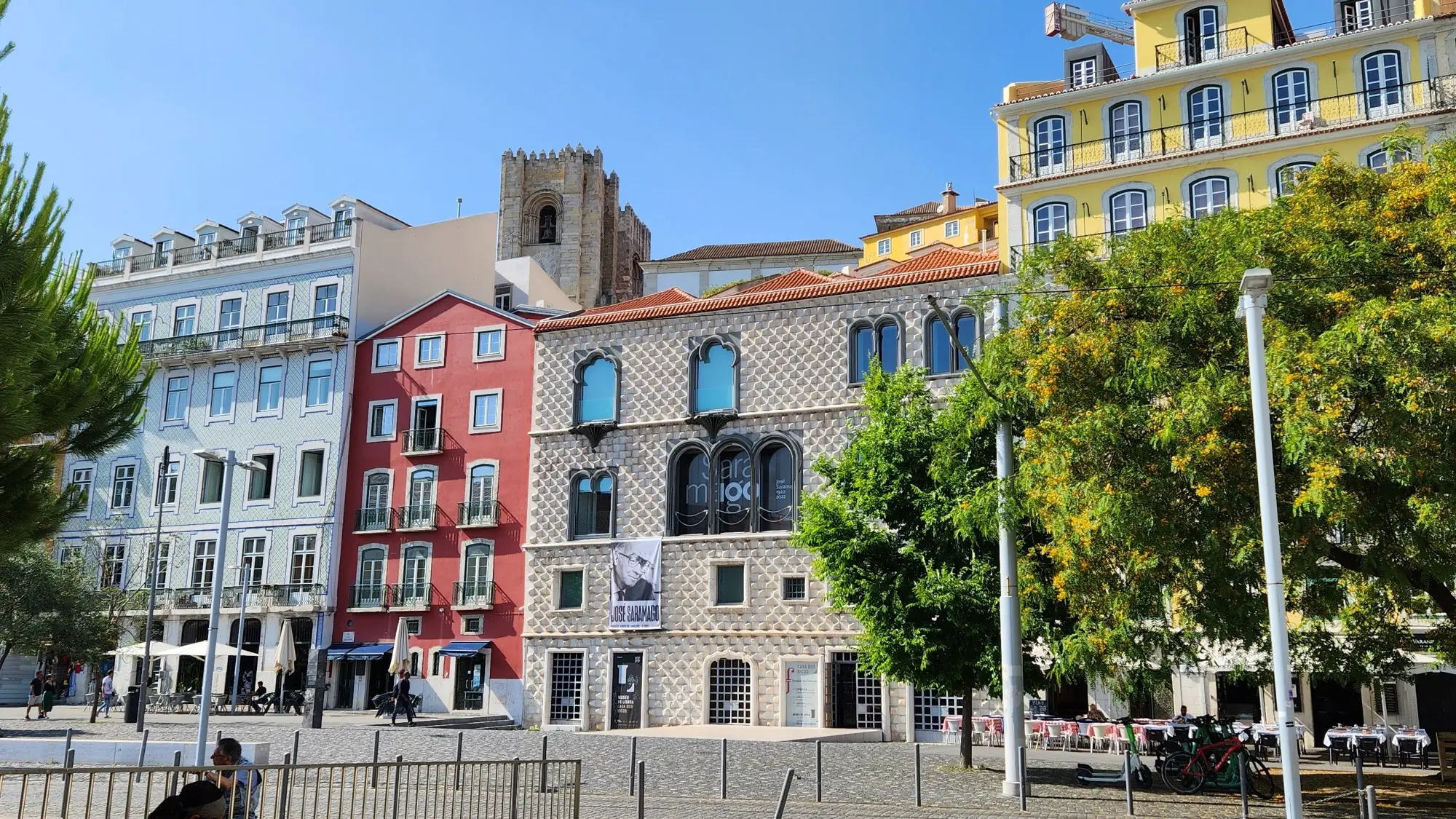
Dulux Study Tour 2023
Lisbon: living in the past and present
Tour participants are exploring the architecture, projects and practices of Helsinki, Lisbon, Zurich and Venice during their European adventure.
Lisbon's 'foreign object'
Day 6
Edwina Brisbane leans on the group to help her stay open-minded during their visit to Lisbon's Museum of Art, Architecture and Technology.
I was pretty sure I wouldn't like the Museum of Art, Architecture and Technology (MAAT) by Amanda Levete Architects, but am trying to be open-minded. A big conceptual gesture often doesn’t have a human-scale experience, doesn’t offer up more as you approach, return or wander through. There is a lack of generosity in the experience.
The big concept, or object, often has a tenuous line of connection to the site. Doesn’t consider layers of time, culture and typography. The urban conditions become abstracted and the antidotes to a site’s pitfalls are put aside for the pureness of the gesture while the good to be embraced isn’t leverage.
How do you occupy a big idea? How does it keep chatting to you beyond the punch line?
Yesterday, João Luís Carrilho da Graça spoke to us about the city of Lisbon as a cinematic experience of seduction and possibilities resulting in a climax as a counterpoint to the American city where buildings stand as a divisive moment of seduction. His preference is the latter. He likes to create a moment of fascination when you encounter his work, to love or hate it. MAAT has had a divisive moment on me. It is possible Carrilho da Graça was trying to be divisive in the conversation itself, as the two projects of his we visited, S.Jorge Castle Interpretation Centre and Knowledge of the Seas Pavilion, are both rich in experience and hard to grapple with all at once. You need to think, wander, look, touch and listen. They use architectural devices of scale, volume and material to generous effect and didn’t contain a moment of love or hate. Perhaps his work holds alarm and generosity at once so he has been forgiven.
In the pursuit of open-mindedness, I asked my fellow tour participants for their thoughts.
Bradley Kerr, who noted he understands the purpose of buildings like this, buildings that create a sense of wonder, in a moment. He considers varied the demographics who experience the place. Children would move through the space with joy, their minds expanded on what a building could be. Other people like to be awed by architecture. He noted, these are buildings that architects hate but people like. An astute observation by our astute observer.
Tiffany Liew, in the voice of a man yelling underwater, exclaimed “I AM BUILDING.” When we calmed our laughter, she noted a preference for quiet architecture that is a backdrop to life. That life is chaotic enough, our buildings don’t need to add to it. Its interfering with the, very interesting, exhibitions as artists struggle to bend their work around the curved walls. Our tour guide explained that the building is curvy as it’s by a river, representing the movement of water. This isn’t enough for Tiffany either.
Our Tour guide, Renato, likes the building for the effect on the city, a “mini Bilbao effect.” MAAT had 900,000 visitors a year pre-pandemic, 50/50 tourists and locals. Renato explained most galleries in Portugal have far smaller visitation numbers and a ratio of 30/70 tourists and locals. The building shouts for attention and brings it from afar. From the perspective of the gallery operator, yes, this is a success.
Sarah Lebner enjoyed the circulation. You slip onto a ramp from the river’s promenade, into the building, and you are greeted by a large oval circulation route that effortlessly moves you around the spaces. Ellen enjoyed the roof plaza and the opportunities it holds for occupation by visitors and locals alike. This this said, she also note is it clearly by a foreign architect. It doesn’t consider the city or context with the grain of place that is evident elsewhere in Lisbon.
MAAT is a foreign object in a very textured city. It holds a divisive moment of fascination. It is a place for tourists and children to play. It attracts visitors to its exhibitions. It is not my cup of tea. Although, the garden on the walk away from the building is lovely.
Beyond the fresco
Day 5
Ellen Buttrose reflects on the tour's second day in Lisbon
I’ve just spent the last hour and three watery coffees drawing out a mind map in an attempt to untangle the many threads of thought covered yesterday. We ping-ponged across Lisbon between six practices covering topics from the inhabitation of rocks, neo-post-modernism, ecologies, competitions and kind but firm advice to get out of architecture now.
At this point we are shattered, not quite at saturation point but the feet and eyes are really struggling to keep up with the incredible pace of this itinerary. Each practice we visited has bent our minds down another brilliant path.

Embaxiada practice visit
Shaping Lisbon over time
Over this trip we have heard again and again about pinpoint precise moments in time that have shaped Lisbon’s history that has directly shaped the language of the city’s architecture. From the Iron Age, the first settlements, changing topographies to the fall of the dictatorship, a rise in “clumsy” modernism, a financial crisis, tsunamis and earthquakes, each have had a direct effect on the city’s built form and the way it is spoken about.
What I heard was: We need to understand where we’ve been in order to understand where we are going
We heard this contextual positioning from every practice we visited yesterday, each practice articulating how their architecture is placed in conversation with its place and history. Aires Mateus’s office was lined with restored 18th-century frescos, regal faces of the past watching over their busy model-making space.
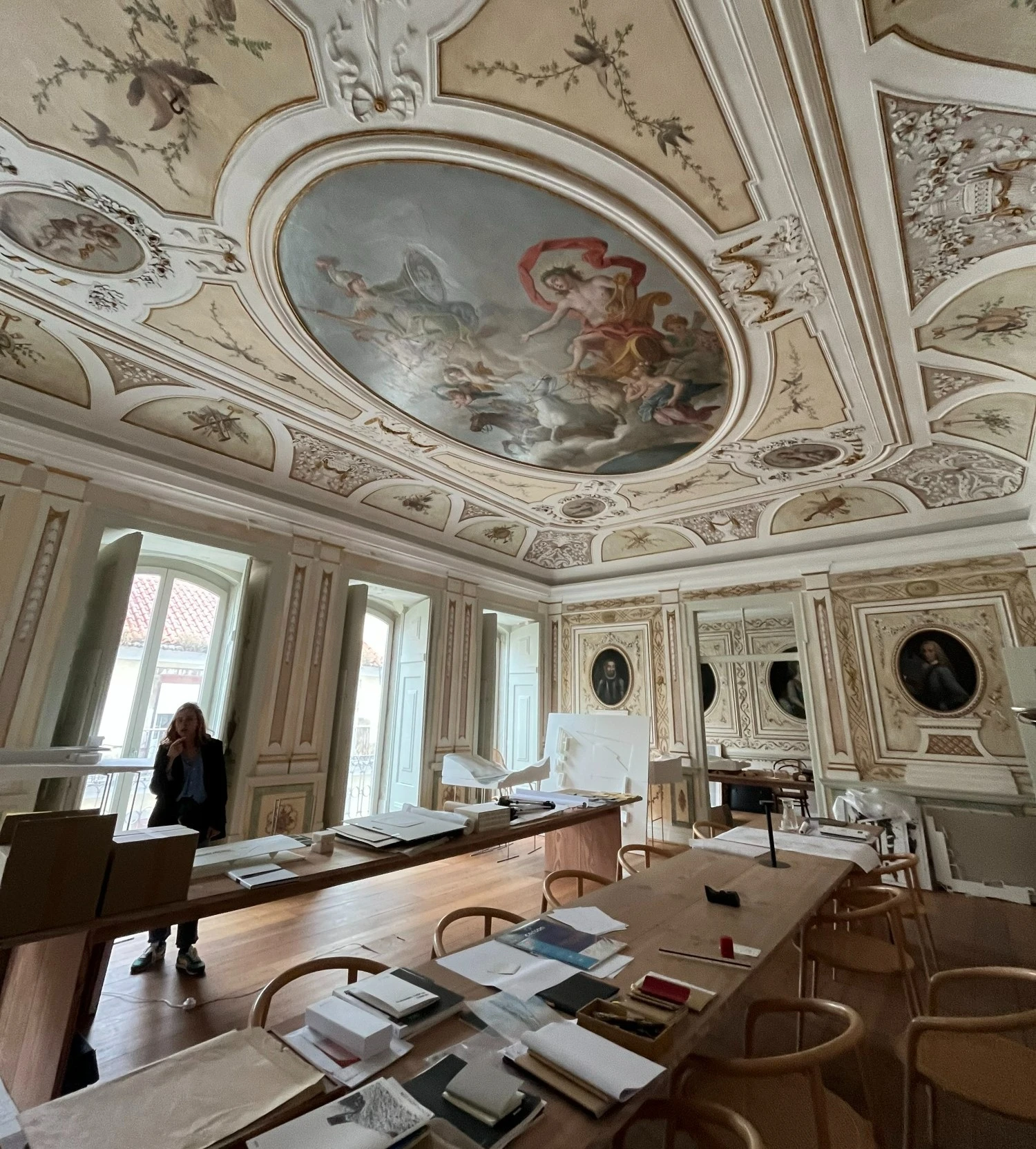
When explaining the concepts articulated in Dodged House, Bureau spoke about the eyes (windows) of remaining closed to the street, to record the inherited state of the building resulting from the financial crisis of the mid-2000s.
Luis Fernandes from Carrilho da Graça Arquitectos spoke of how the ending of the Estado Novo’s dictatorship in the 1970s was integral in defining Portugal’s interpretation of modernism. He directly linked Novo’s extensive nationalistic rebuilding of the cathedrals and historical buildings to Portugal’s robust and severe interpretation of modernism, which has shaped Portugal’s buildings since.
Extra Studio commented on the conversations taking place in Lisbon’s architecture scene today collage and “put a sun on it” iconography – João Caldeira Ferrão, owner of Extra Studio said, and then questioned us intently on how we positioned ourselves in contemporary theory, asking what specific “neo-ism” we fell into – neo-post-modernism, neo critical regionalism, or “neo-med” (Mediterranean).
Antonio Costa Lima talked about how his aim for a rural residential project was to “belong to the context” in camouflaging his architecture into the rural landscape. And for an urban setting, how Lisbon is borne from the activity of the river.
Often the language I heard being used by the practices was describing how the architecture is to not be placed on, but within this context. Sitting both as a part of a lineage, and a piece of the future.
Interesting thoughts for us Australians
Mulling the idea over with Linda Cheng this morning, she eloquently noted the clear line in that can be drawn in a history for a colonising country as opposed to a colonised country. How a linear path can be drawn through Portugal’s history from the Iron Age until now.
I keep thinking about what shape Australia’s line would take. What is our architecture drawing on? How can we generate a clear identity, or do we in fact need to? I’m not sure I have answers for these big questions right now. Another coffee will surely help.
Urban alchemy
Day 4
Tiffany Liew reflects on the tour's first day in Lisbon
Lisbon is a living museum – a city that reveals a rich tapestry of historical and political aspirations through its architecture. Layers of time coexist in the stratum of the city, shaping its character and identity. Today we were guided by a local Portuguese architect Rodrigo Lima to visit about 20 buildings. From the ancient to the modern, it was fascinating to experience an urban setting that carries a deeper sense of place and time. Instead of describing every building, here are a few reflections:
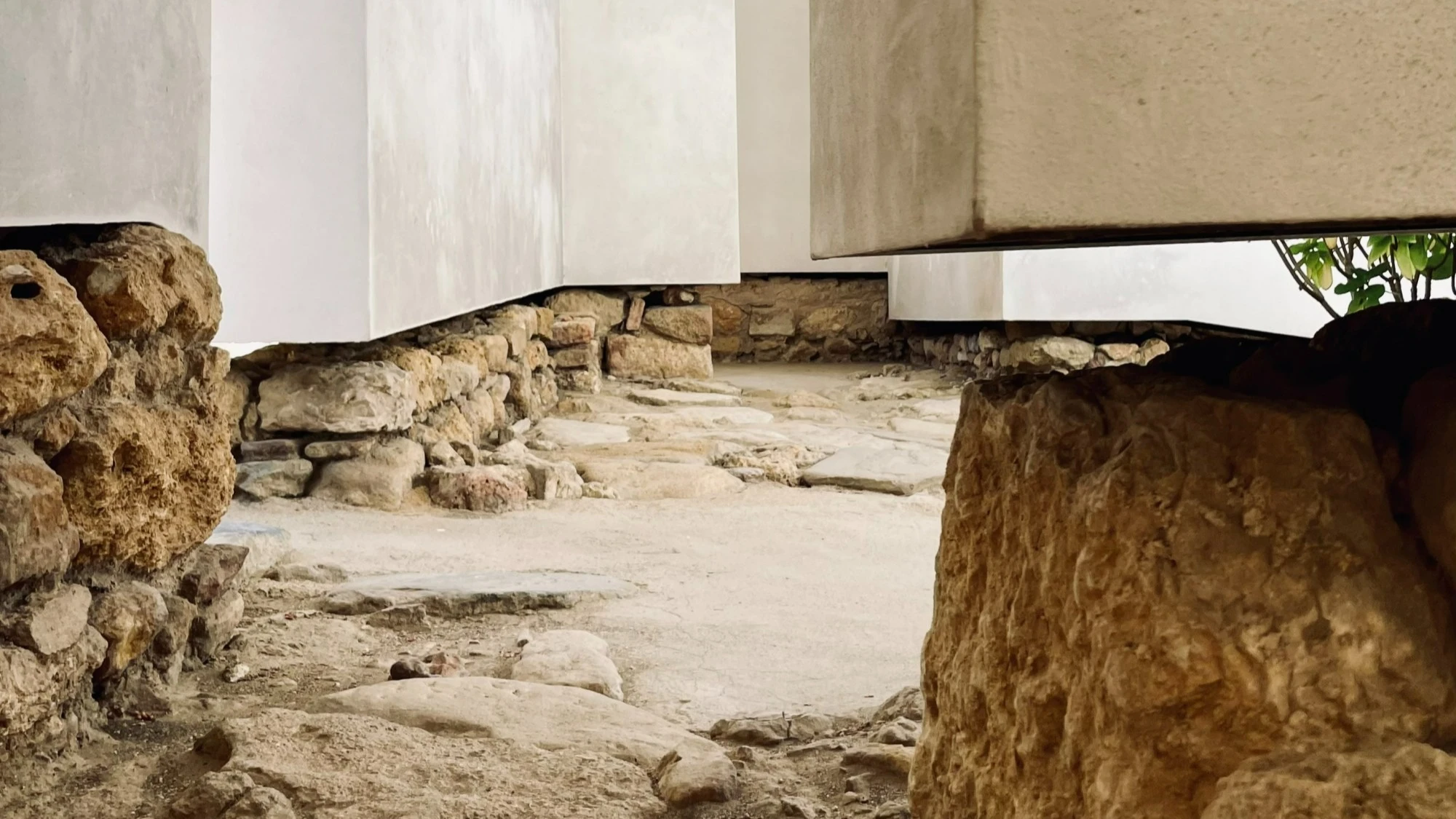
What collective memories do we want to cherish in the fabric of our cities?

Architecture is long-term ephemera and, on scale, contributes to cities in flux
Let’s be more ambitious with our building life spans.

It’s possible for multiple architects and stylistic periods to “sing in a choir”
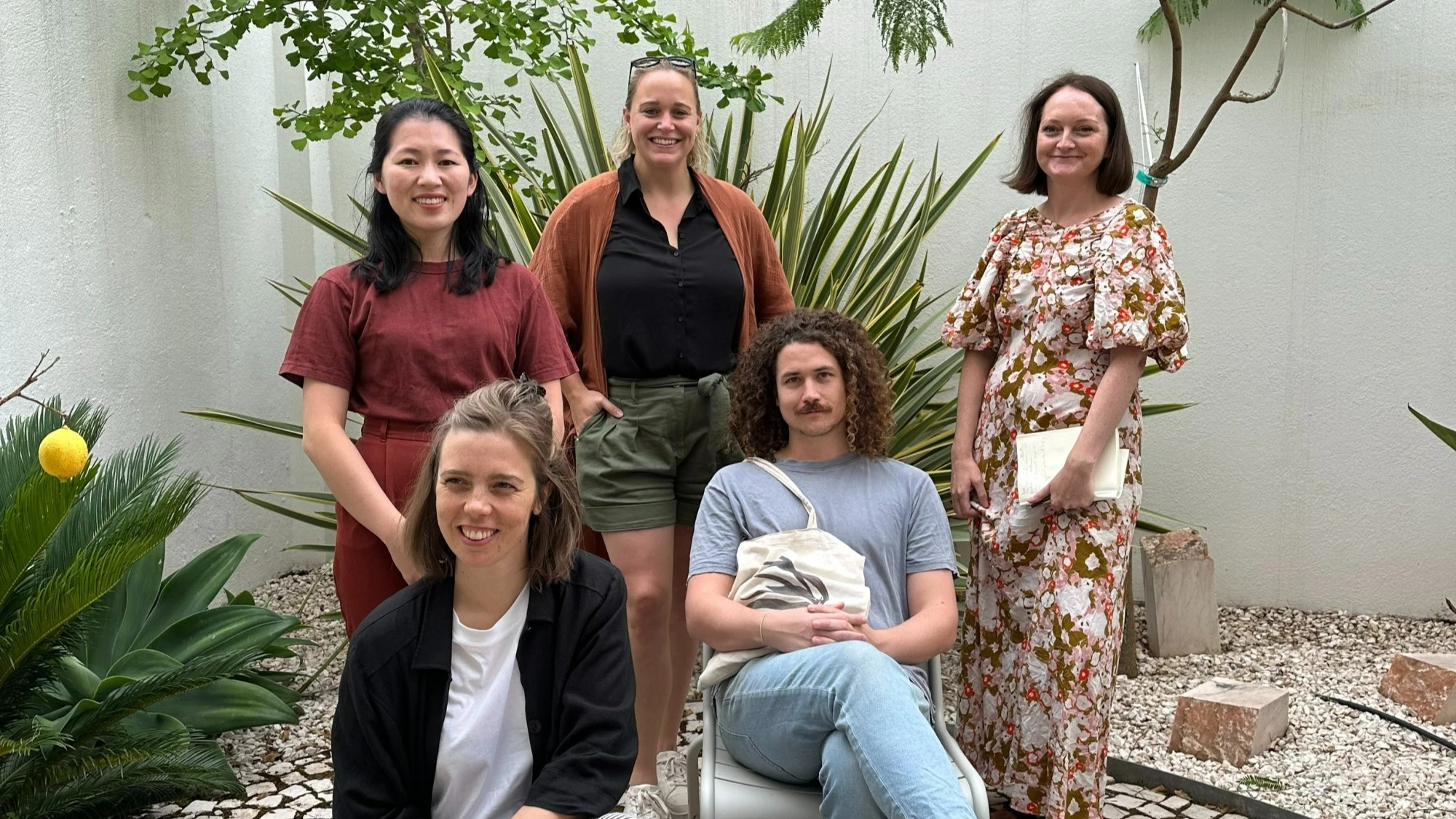
Architecture can be a testament to care, and what we care about
Our tour participants swapped the seaside city of Lisbon for the lofty, green mountains of Switzerland on their next stop of the Dulux Study Tour.
Our participants explore everything Helsinki has to offer from churches to universities to retail as well as project and practice visits.
Congratulations to our 2023 participants who are on a European tour exploring the best of international architecture.
Check out the itinerary of the architectural sights and project visits of the 2023 tour of Finland, Portugal, Switzerland and Italy.
